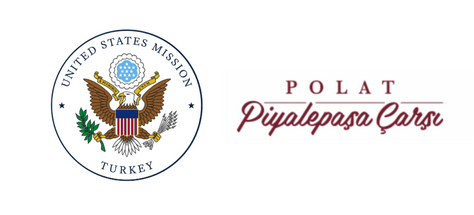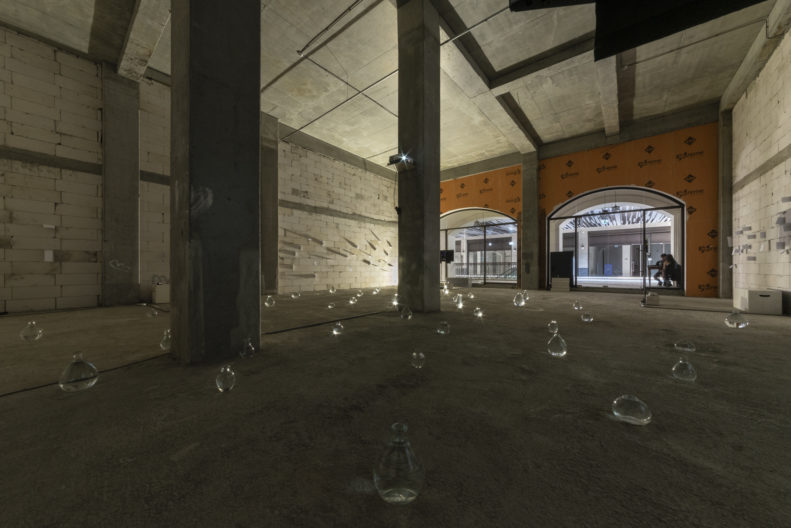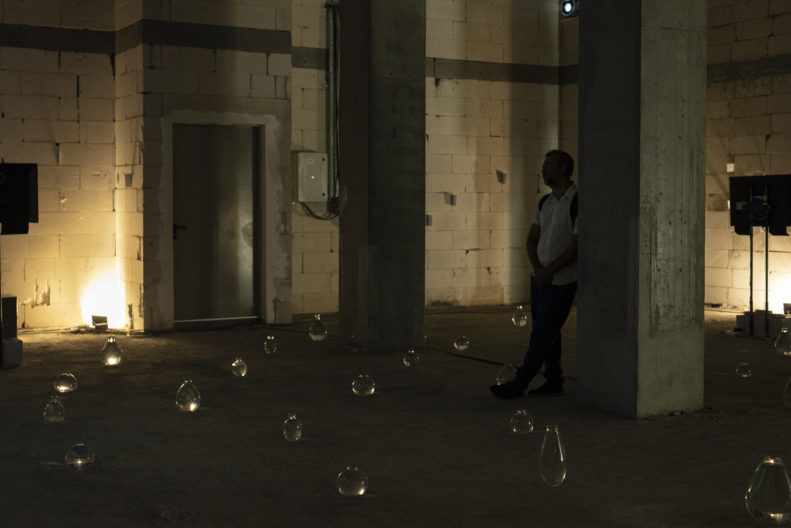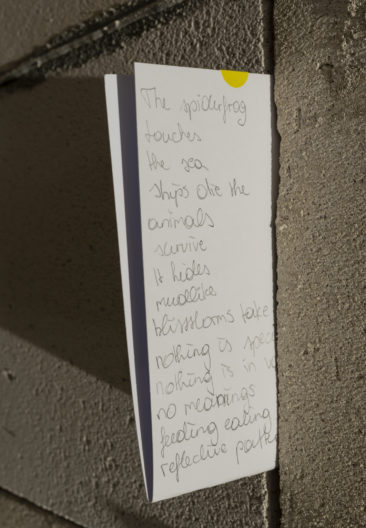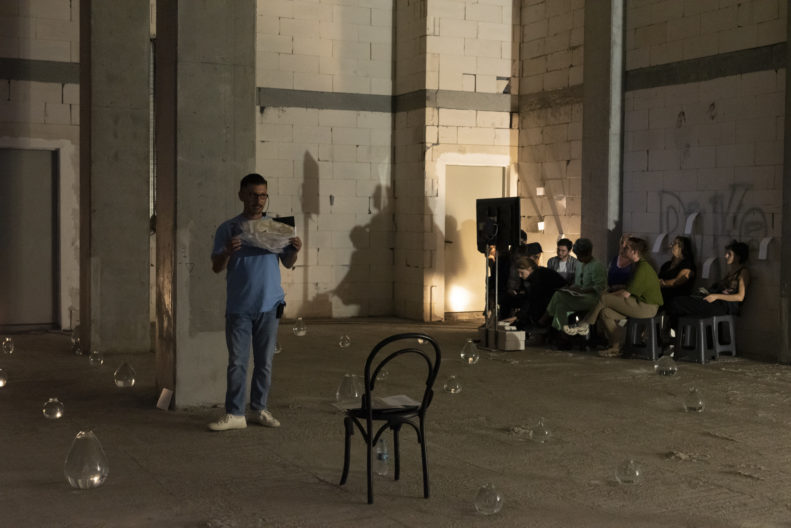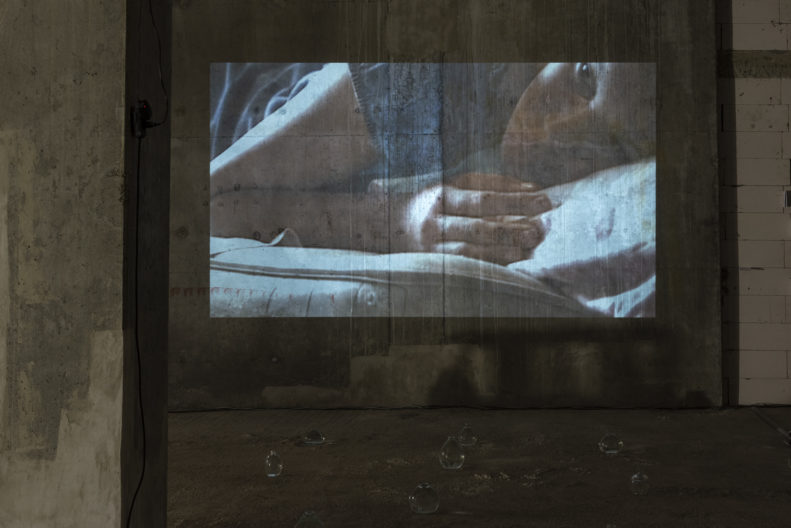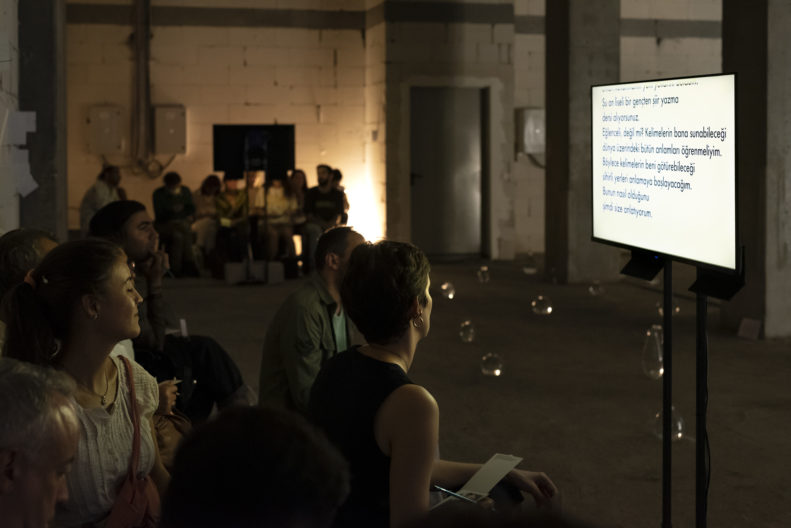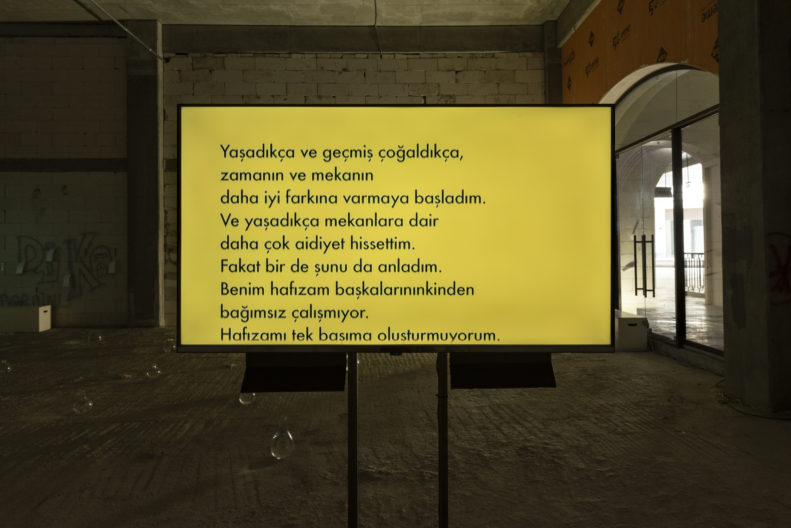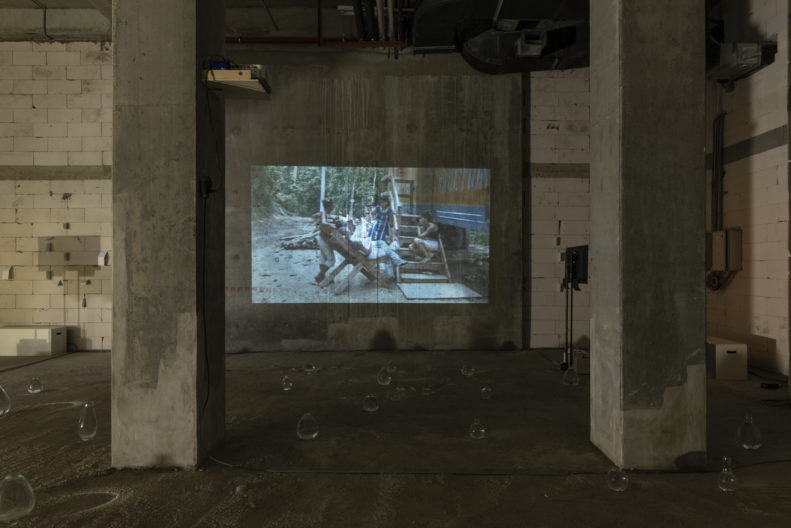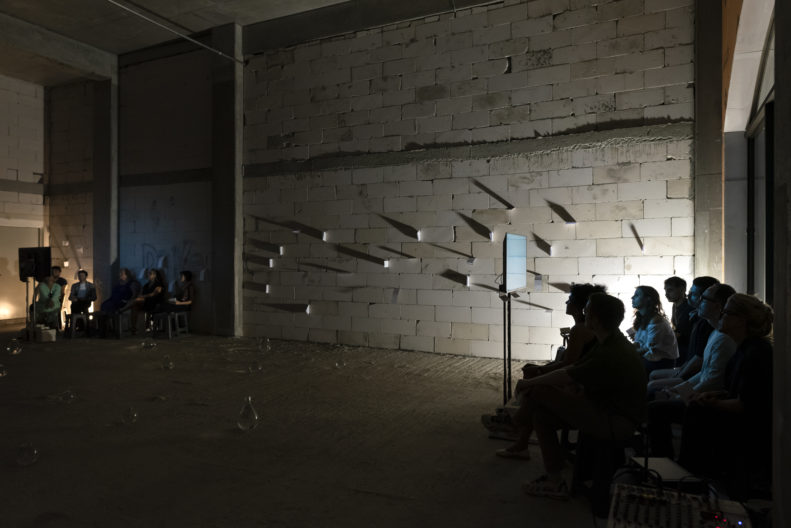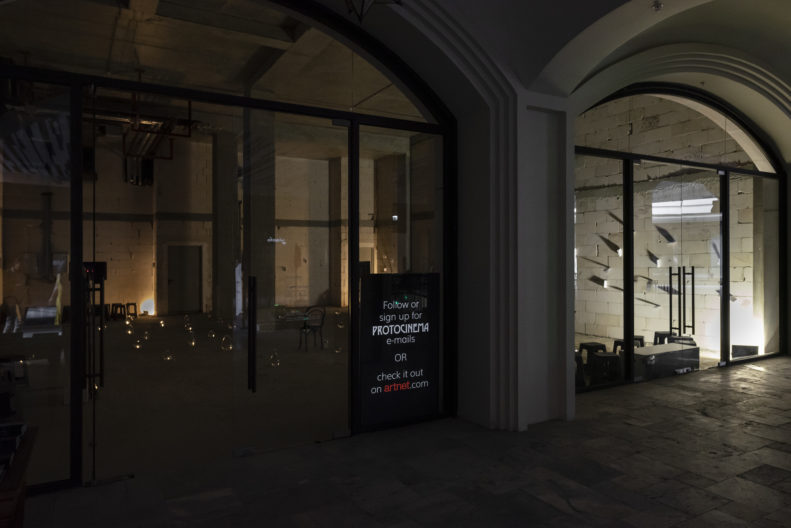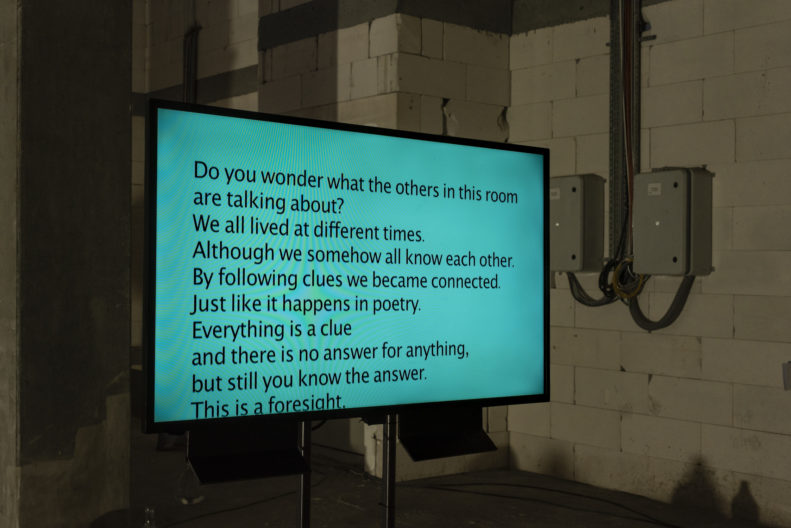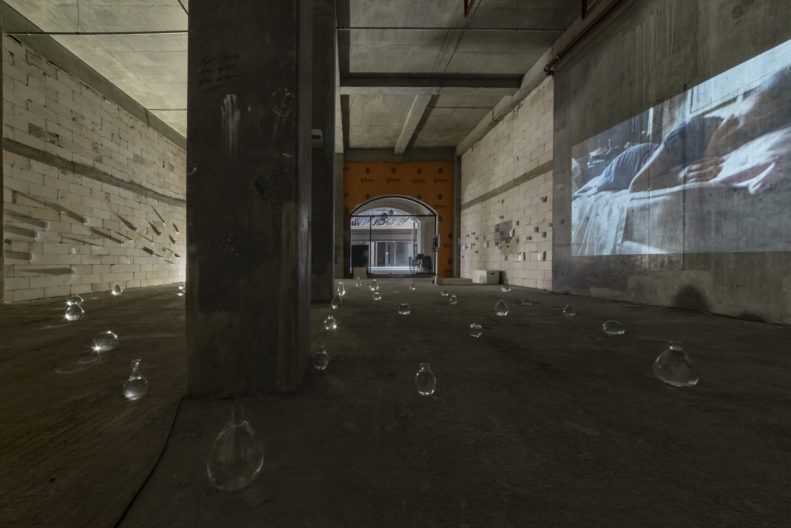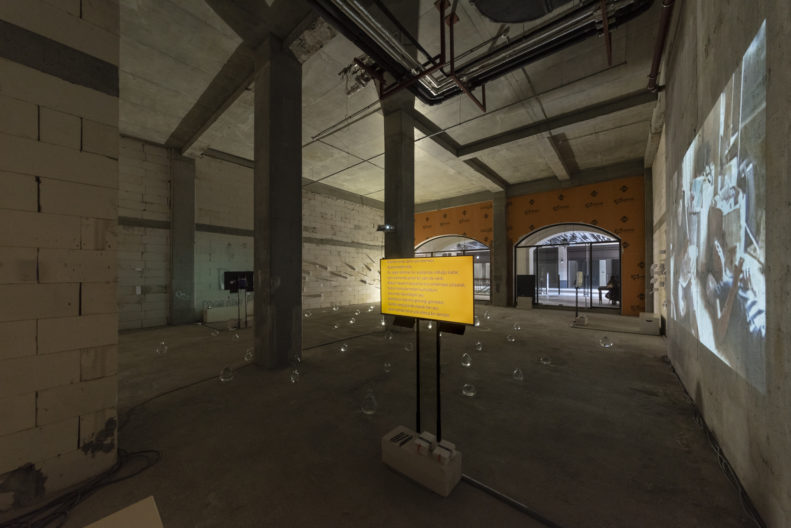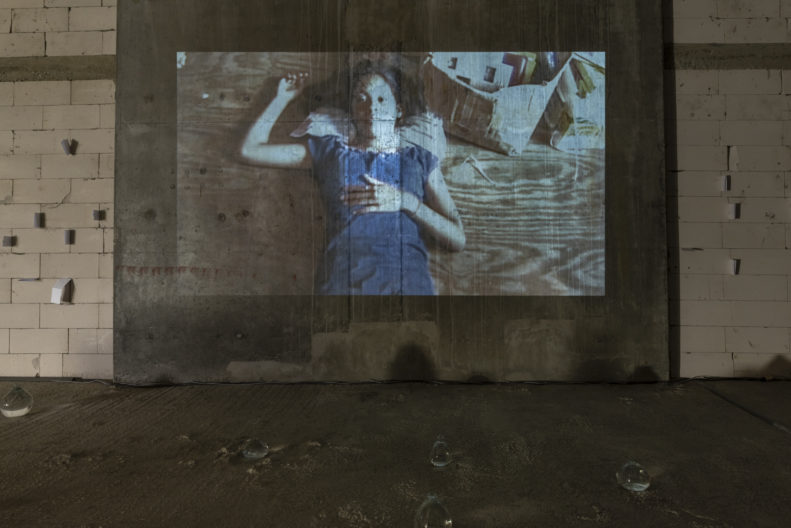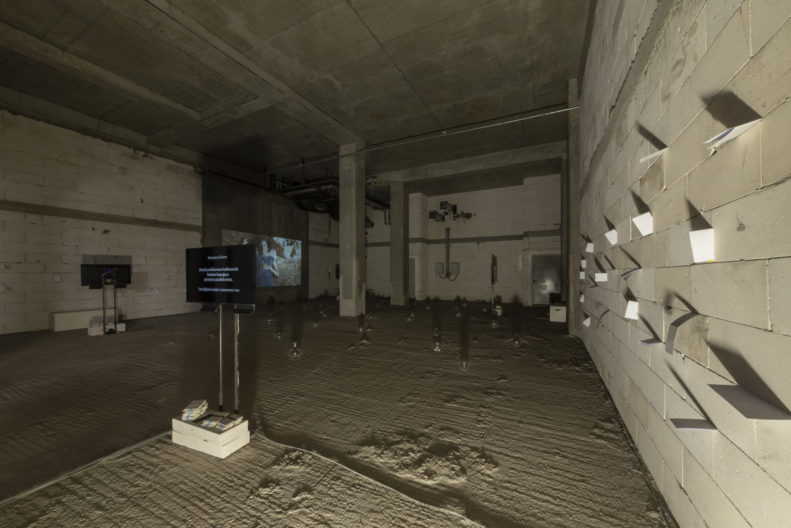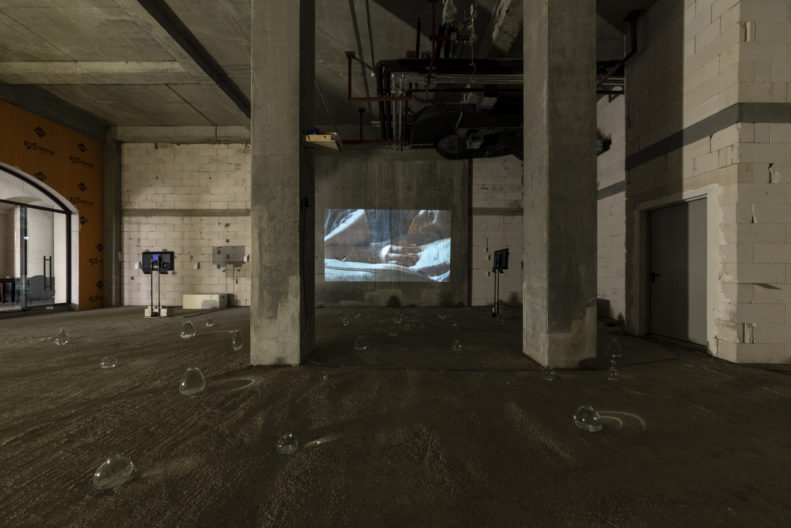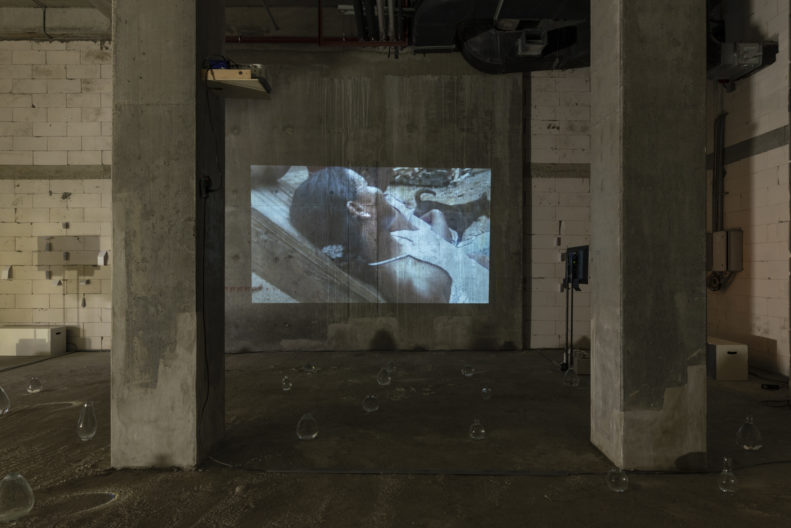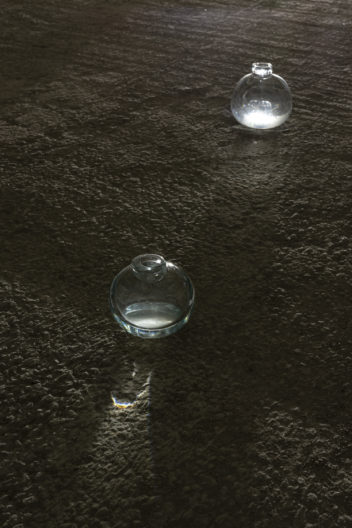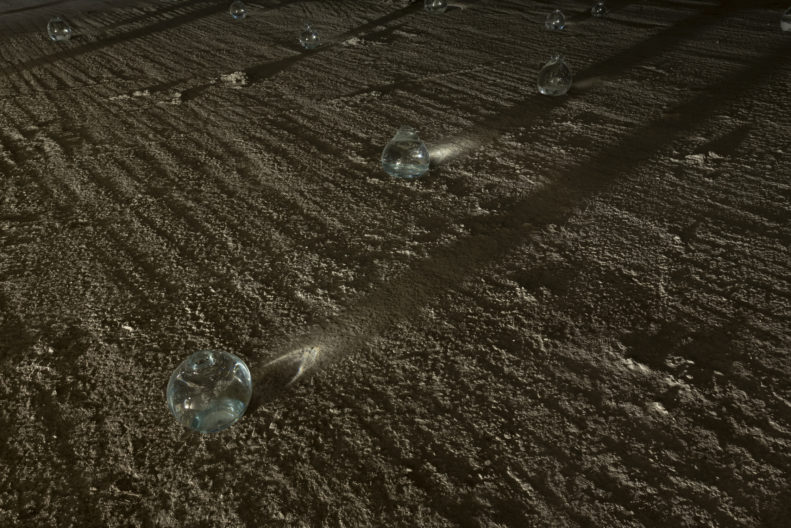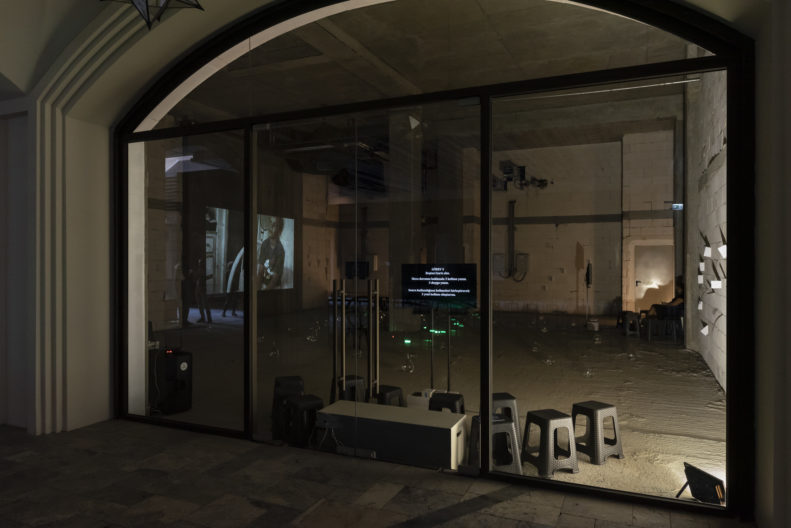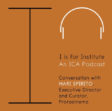RUNNING IN PLACE
Beatriz Santiago Muñoz, David Horvitz, Onur Karaoğlu
Presents at & in partnership with Polat Piyalepaşa Çarşı, Istanbul
Participatory Performance by Onur Karaoğlu, In Vain*:
Wednesday, September 14, 17:00 - 18:00 Saturday, October 1st, 19:00 - 20:00
Protodispatch Launch & Opening Reception: Wednesday, September 14, 18:00 - 20:00
Closing Event, Adrian Paci, Broken Words: Saturday, October 29, 19:00 - 20:00 (in English) Conversation: Adrian Paci & Dr. Kobi Ben-Meir
Exhibition Dates: September 10 - October 29, 2022
Location: Polat Piyalepaşa Çarşı, Lower Level, Piyalepaşa Blv., Istanbul
(shuttle or 15-minute walk from Arter)
Open Wed. through Sat. 12:00 - 18:00
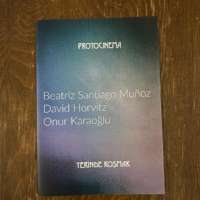
PROTOZINE:Running in Place
View online & download PDF
Protocinema presents Running In Place, a group exhibition with Beatriz Santiago Muñoz, David Horvitz, Onur Karaoğlu, at & in partnership with Polat Piyalepaşa Çarşı, supported by the United States Mission – Turkey, opening to the public on Saturday, September 10. This exhibition convenes artworks on circulation of ideas, water and bodies along with their inherent contradictions. The artists in Running In Place occupy three positions - Santiago Muñoz’s is that of suspension, Horvitz’s of regulated mobility, and Karaoğlu’s of free-flowing forces of nature and imagination.
Generally, circulation is considered good - good for healthy societies, oceans, and human bodies. The current dissonance lies in extremes of hyper-movement and restricted mass-movement. Globalism has maximized its force of flight for the survival of many, on the one hand, and liberty of transit by class and nationhood, on the other hard. This grotesque dissonance of circulation holds humanity captive, frenetically running in place. An early video by Beatriz Santiago Muñoz, Todo lleva a nada (Everything leads to nothing, 2003), “shows a group of girls in a normally isolated part of the island of Puerto Rico become even more so when a bridge that connects them to town is damaged. They perform fantasies of escape and return.”[1] Pacing and loitering, bright young minds fill their time lethargically lounging or trying on adult shoes while the rain and sun fall. We get a short glimpse of the washed-out bridge while the majority of what we see are girls looking at each other while we look at them. There is a painful elongation of time, every minute feels like it lasts hours, which is all too familiar. As we know, limitation of mobility, space, and time, limits the living of life.
David Horvitz’s commission is called In the limit of disorientation (2022) and is made of glass vessels, handblown in Istanbul, holding seawater collected from Cape Baba, Turkey, the westernmost site of the Asian continent. Its title, In the limit of disorientation, refers to the literal meaning of the word dis’orient’ation, to turn away from the east, and the historically constructed fiction of what is East and what is West. Cape Baba in Babakale is an incongruity. It is the westest point of Asia yet latitudinally it is more west than Turkey's European side. It is even further west than parts of Greece and Europe's Nordic countries. Horvitz’s work draws an “imaginary line that determines spatial and temporal coordination,” displaced and completely abstracted.[2] It examines questions of the distance between places, people, and time in order to test the possibilities of appropriating, undermining, or even erasing these distances. Onur Karaoğlu’s In Vain gets right into these murky waters. The four-channel video installation takes its name from the ashik (poet) [3] Mahzuni Şerif’s song, Boşu Boşuna (In Vain). One of the qualities of an ashik poet is that they travel from town to town singing and spreading reflections to live by. During this work, the audience is invited to write and experience the role of a poet. Our journey is guided by the narration of four characters: a storyteller, an ancient sea, an oceanographer from the middle ages, and a poet from the last century. All of the stories intersect on marine mucilage that has covered the Marmara Sea as a result of the climate crisis in 2021. The ramifications of this abundance of mucilage are catastrophic.
In Vain creates a space to investigate the passing on of oral and written tales, and how to make meaning in the face of crisis. There are lines in Karaoğlu’s video in which he dismisses hope. To even bring up the negation of hope is somehow hopeful. Nonetheless, the artist invites the viewers to put themselves into the shoes of the poet, the creator, in order to fuel their own ingenuity, to think of solutions via geological time. We do all this while submerged in contradiction of a need for, and simultaneously the broken promise of, circulation, breathless and running in place.
There will be two presentations of the participatory performance version of In Vain with the addition of a fifth character, a young writer from contemporary times, once on September 14 and then in October 1st 2022.
As of the closing event on October 29th, Protocinema presents a conversation with Adrian Paci and Dr. Kobi Ben-Meir, Chief Curator of Haifa Museum of Art, and screening of Broken Words (2019) and The Wanderers (2021). Paci and Ben-Meir will discuss main themes in these works such as travel, passage, and waiting, which is above all a state of expectation
About Beatriz Santiago Muñoz
About David Horvitz
About Onur Karaoğlu
Protocinema is supported by the United States Mission – Turkey and Polat Piyalepaşa Çarşı, Istanbul.
Protodispatch is supported by Annette Blum, Gabe Catone, Jane Hait, Justin Beal, Jane Lombard, Helen and Peter Warwick.
Special thanks to: Adnan Polat, Bilge Onur, Kürşad Türkoğlu, Bora Güven; ChertLüdde, Berlin; Sociedad del Tiempo Libre, San Juan; İlknur Aslan; Gizem Karakaş; Garp Sessions and 2022 participants; Sena Başöz; Slavs and Tatars’ Pickle Bar at Weiner Festwochen 2022, Kathryn Hamilton, Utku Kara, Oğuz Canbek.
About Polat Piyalepaşa İstanbul: Piyalepaşa Istanbul's Polat Piyalepaşa Çarşı was realized as Turkey's largest urban transformation project with the assurance of Polat. It is the new art stop of the city with six art galleries including artSümer, March Art Project, Art On Istanbul, Merkur, Pi Artworks, and Zilberman Gallery. In its unique complex, Polat Piyalepaşa Çarşı creates a new climate with its outdoor shopping experience with national and international brands, playgrounds for children, and rich gastronomic culture.
*In Vain, by Onur Karaoğlu, 40 minutes, the performance language is Turkish&English
- Beatriz Santiago Muñoz, fabricainutil.com
- Horvitz, David; Alexander Provan, “Somewhere in Between the Jurisdiction of Time,” Art In America, 2014.
- An ashik (Azerbaijani: aşıq; Turkish: âşık; Persian: عاشیق) or ashugh (Armenian: աշուղ; Georgian: აშუღი) is traditionally a singer-poet and bard who accompanies his song—be it a dastan (traditional epic story) or a shorter original composition—with a long-necked lute (usually a bağlama or saz) in Turkic (primarily Turkish and Azerbaijani cultures, including Iranian Azerbaijanis) and non-Turkic cultures of South Caucasus (primarily Armenian and Georgian).
Image Credit: Beatriz Santiago Muñoz, Todo lleva a nada (Everything leads to nothing), 2003, still. Courtesy Sociedad del Tiempo Libre, San Juan.
